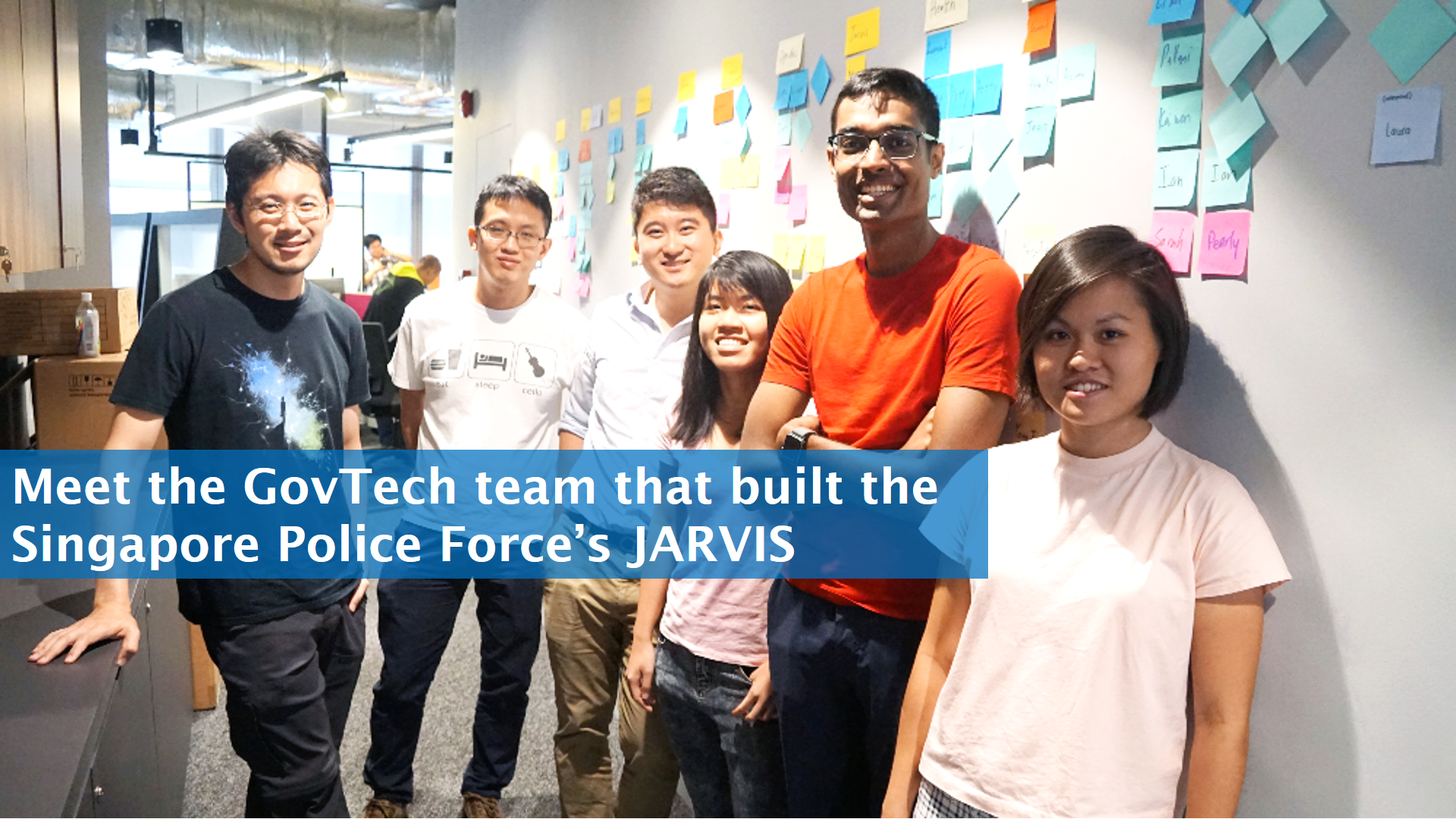There is no time to waste in the fight against crime, especially with petty ones that affect large groups of people like this:
These scams can also escalate into something more serious.
To help the Singapore Police Force in crime-solving, a team from the Government Technology Agency of Singapore (GovTech) built in improvements to the police's existing search system that helps officers identify potential perpetrators quickly.
How this came to be, as well as the team that worked on it, was detailed in a GovTech blog post published recently.
Searches in police databases can take up to 20 minutes
As the information police investigators tap on when looking into cases is stored in several databases, going through each of them separately to find the details of a potential perpetrator can be time-consuming, according to Deputy Superintendent of Police Zhang Yitao.
“Information was kept in separate databases, so investigation officers needed to log on to multiple screening systems to conduct searches — and the speed of the searches were slow.”
According to the GovTech blog post, the screening process can take as long as 20 minutes to identify a suspect.
The GovTech team went down to the police stations to observe how searches were conducted in the systems to understand the needs of the officers better.
The observations led to the conclusion that artificial intelligence (AI) is not necessarily the solution.
Speeding up how the system surfaces relevant keywords & data points
Called "JARVIS", the term borrowed from Marvel's "Iron Man" film franchise that stands for 'just a rather very intelligent system', GovTech's JARVIS is different from Iron Man's AI robot.
It is, however, a user-friendly and efficient search tool akin to Google search engine, according to Li Hongyi, deputy director of open government products at GovTech.
“Even though the users were asking for a lot of AI features, the actual problem that we decided to fix was the speed of the database. The idea was to make JARVIS like Google — even if you don’t get what you want the first time, you can just search again and get another set of results really quickly.”
The team did this by linking each letter to more relevant keywords or data points so as to widen the range of possible queries, according to its technical lead Alwyn Tan.
Software engineer Nikhil Choudhary programmed JARVIS to surface any potential relevant details and suggestions the moment the officer pressed a key, instead of when he or she lifted his or her finger from it, which, interestingly, also saves several milliseconds in search time.
And the UX designer in the team, Ang Yi Xin, also focused on making the search tool's user interface more intuitive for use.
Search speed showed 75 per cent improvement
Prior to the system being unveiled in April at this year's Police Workplan Seminar, GovTech said more than 2,000 police officers had tried using JARVIS between March and November last year.
According to GovTech, search times have since been shaved an impressive 75 per cent. The team also incorporated security measures to prevent abuse, by logging each individual search to ensure accountability.
The system was also shown to be exceptionally useful in tackling online scalpers who use similar modus operandi with numerous monikers across thousands of similarly-reported police cases.
You can read more about it here:
Not bad.Top photo from GovTech's Technews
If you like what you read, follow us on Facebook, Instagram, Twitter and Telegram to get the latest updates.
